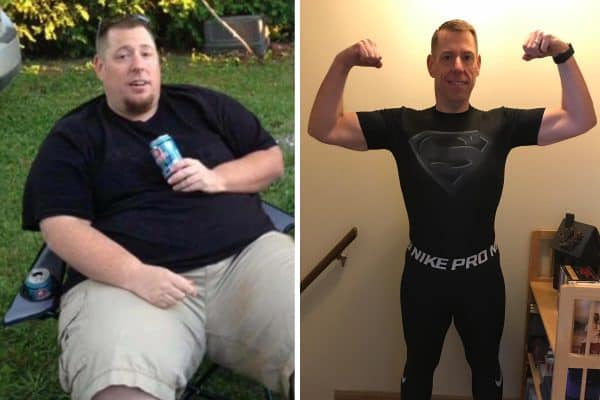A Thought About Startup Ideas
This week I had the great pleasure of chatting with all the Austin Techstars new class members. As usual, the Austin Techstars team did a great job of assembling world class ideas and talent to accelerate them. Every single company with which I visited has an idea that can and should work.
Bravo!
I was invited because I often am a mentor to a company that my skill set fits. I am never looking for the work, but I will do what I can. I like the Techstars approach and it has really gotten traction in Austin. Very classy outfit and the guy who runs it is a brilliant guy who has assembled a brilliant staff.
Put your COVID fears at rest; this was a Zoom meet up.
Which got me thinking about how one describes an idea and communicates it to others.
We have the typical pitch deck introduction, but that is for an idea with some bulk on it, some maturity — post accelerator. I am talking about more raw ideas.




